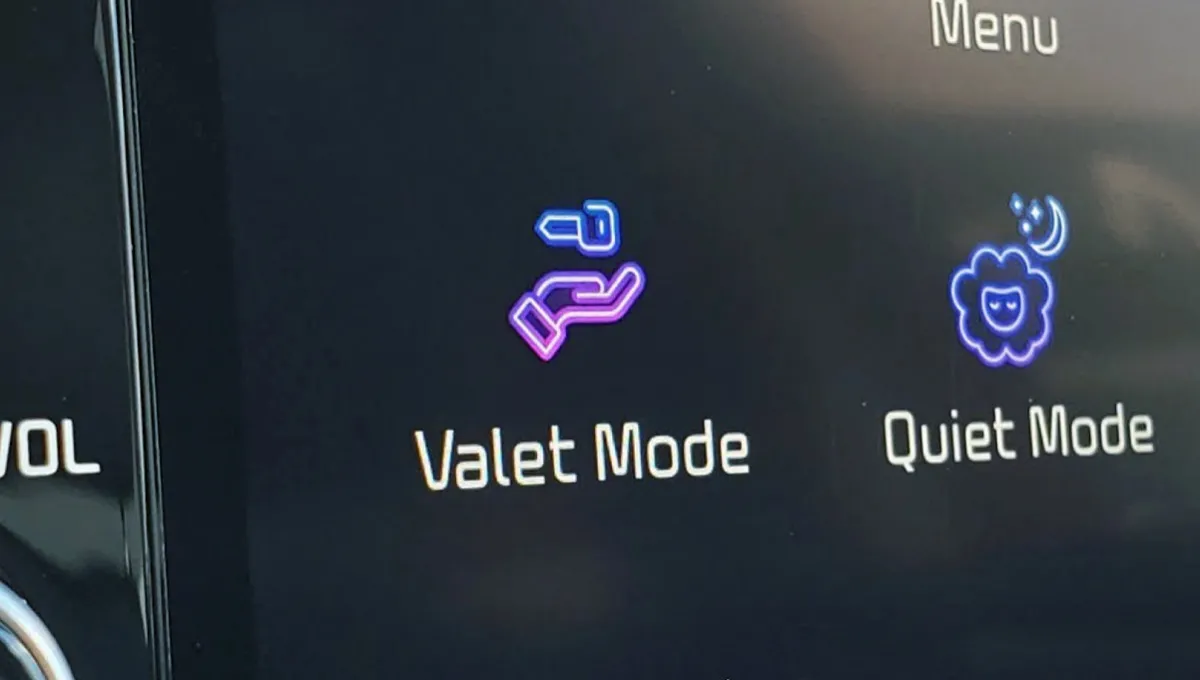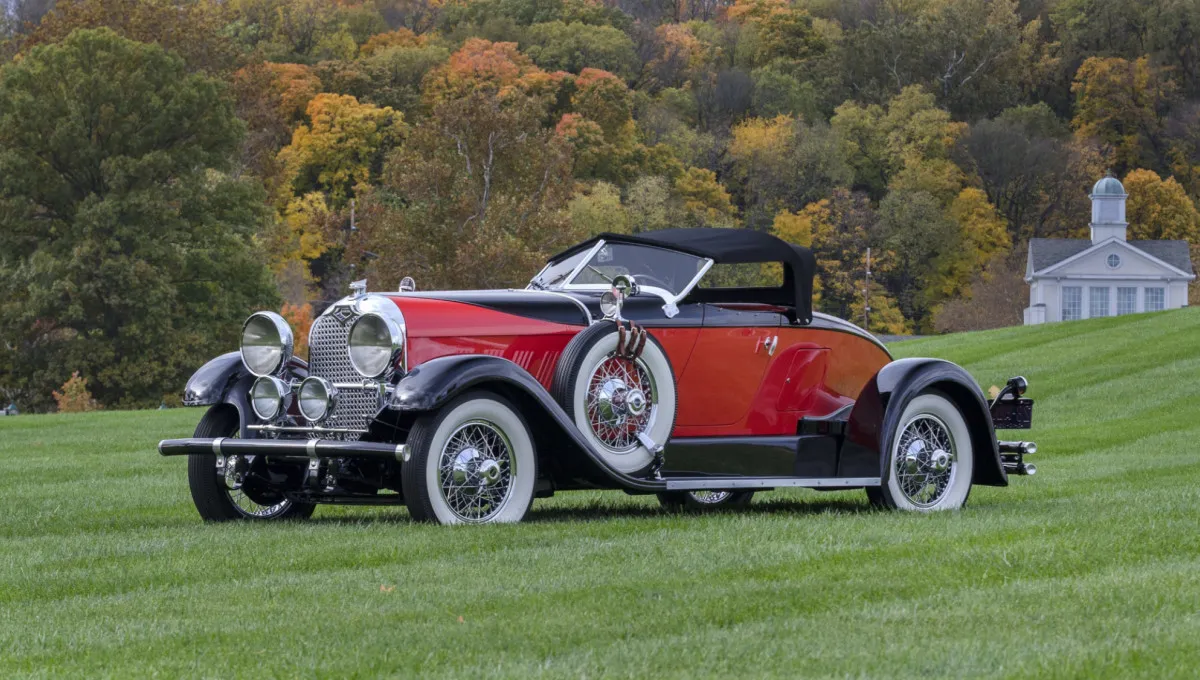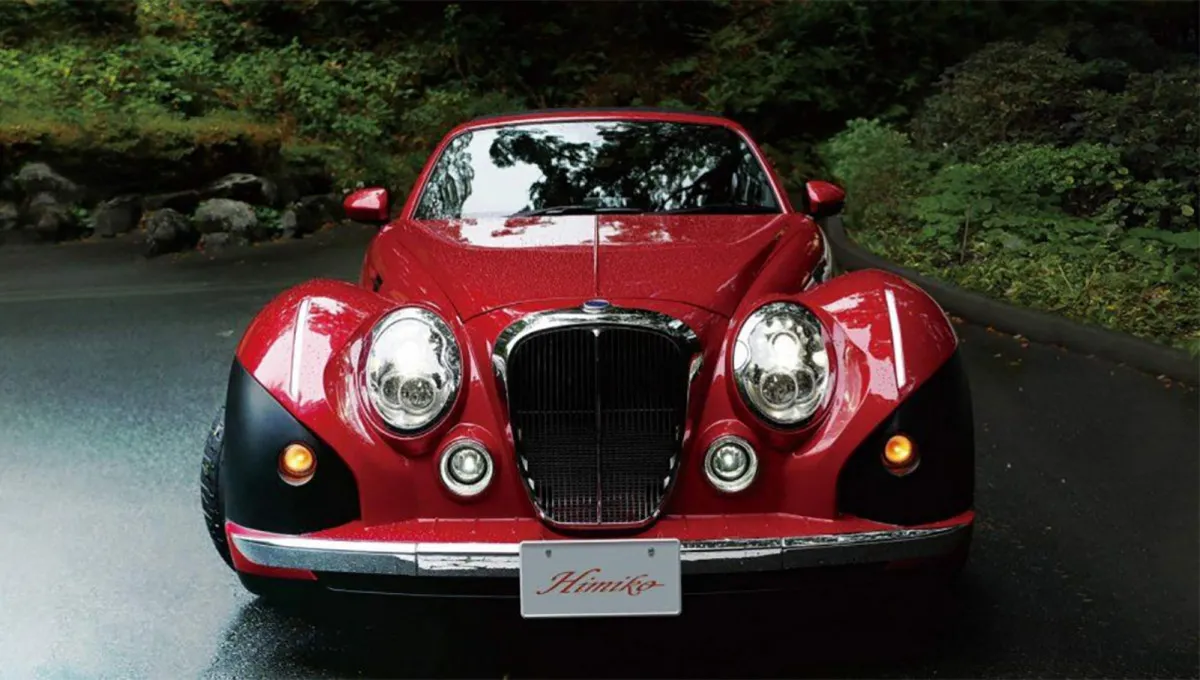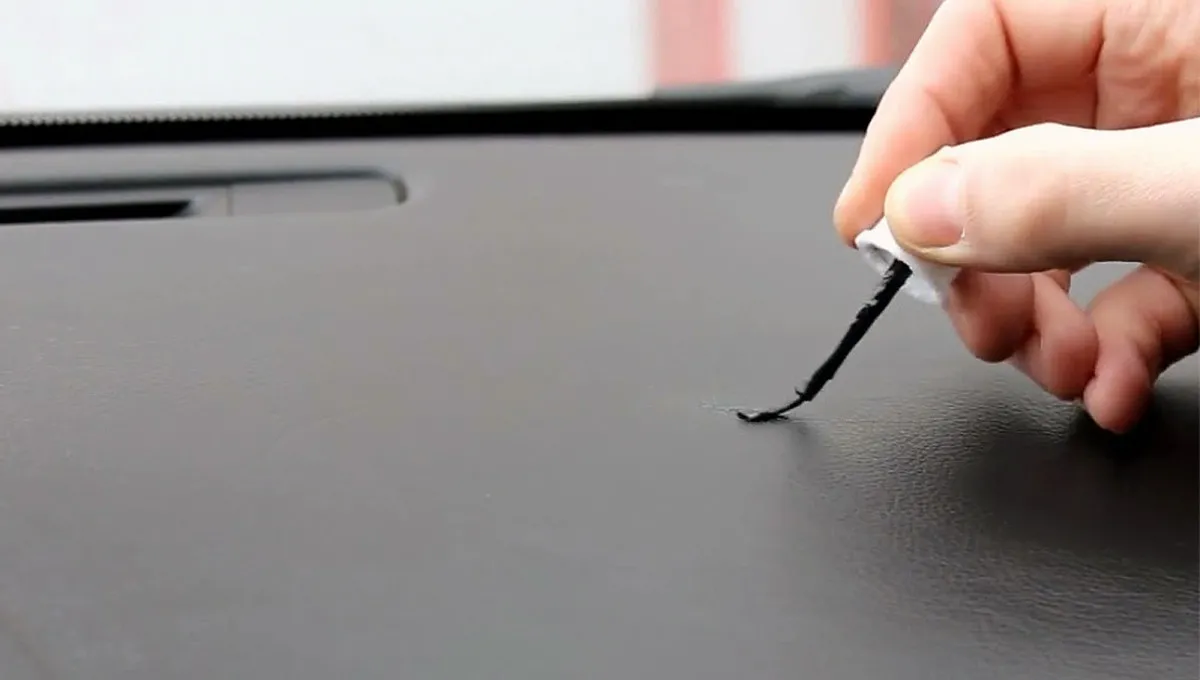Choosing the Right Car Color: What Matters More — Safety, Resale Value or Everyday Practicality?
Picking a car color isn’t just about taste or trends — it’s a practical choice that can influence everything from safety on the road to how often you’ll be stopping by the car wash.

Choosing the color of your car may seem like a matter of style, but in reality it’s a decision that affects day-to-day ownership more than many drivers realize. The shade you pick determines not only how your car looks, but also how noticeable it is in traffic, how quickly it gets dirty, and even how easy it will be to sell down the road.
In the United States, white, black, gray and silver consistently top the charts among both new and used vehicles. White has been the runaway favorite in recent years. Buyers appreciate its versatility, its visibility in nearly all lighting conditions, and its ability to reflect heat in the summer. When maintained, a white vehicle also tends to look clean and crisp longer than most others.
Black, on the other hand, is traditionally associated with luxury and a more formal presence — especially on full-size sedans and SUVs. But it comes with a trade-off: dirt, water spots and fine scratches show up almost immediately. Owners of black cars typically find themselves at the car wash more often than they’d like.
Gray and silver offer a balanced middle ground. They hide dust, grime and minor body imperfections better than black or white, while demanding less frequent cleaning. They also don’t absorb as much heat as darker colors, which makes them a practical choice in warm climates.

Bright colors — such as red, blue or beige — show up less frequently on the road, but they remain popular with buyers who want something distinctive. These shades are especially common on sporty and premium models where personality often outweighs convention.
Color can also play a role in safety. The more visible your vehicle is, the lower your odds of being involved in a collision. White is generally considered the safest choice thanks to its strong contrast in day and night conditions. Yellow and orange also stand out and are commonly used on taxis and service vehicles for that reason. By contrast, dark shades — including black, dark blue and charcoal — can blend into the road during rain or dusk, increasing the risk of an accident.
Red cars are often seen as vivid and attention-grabbing, but in urban environments or against fall scenery they can visually “disappear” more easily than people assume. Red paint is also prone to fading faster under strong sunlight.
From a practicality standpoint, gray is hard to beat. It’s one of the best colors for hiding dirt, chips and scratches. Silver is a slightly more eye-catching alternative with similar benefits. Cars in these colors are also easier to resell, appealing to both younger and more mature buyers. Taxi fleets typically stick to yellow or white, as these shades stand out in traffic and are strongly associated with passenger services. However, former taxi vehicles tend to lose resale value — especially if any markings or paint imperfections remain.
Each color comes with its own pros and cons. Black is elegant, but high-maintenance and more likely to show imperfections. White is practical and easy to sell, but looks dirty quickly in winter. Gray and silver are low-risk, low-maintenance choices that also don’t attract thieves as often. Red is bold, but fades faster and isn’t always suitable for business use. Blue varies widely by shade, though darker tones require frequent cleaning. Green, beige and brown vehicles are uncommon and emphasize individuality, but can be harder to repair or sell.
Unusual colors like burgundy or olive will definitely make a car stand out, but they also reduce the potential buyer pool. If your priority is practicality and resale value, gray or silver are the safest bets. For maximum safety and visibility, consider white or yellow. And if your goal is to stand out on the road, brighter or unconventional colors are fair game — just be aware of the trade-offs.
At the end of the day, color isn’t just a finishing touch. It’s a factor that can influence your comfort, safety and long-term cost of ownership.
You may also be interested in the news:

Many Americans don’t know about this onboard computer feature: what the Valet Mode system is for and how it works
How to use Valet Mode and when to apply this system, as well as why it was integrated into your car’s computer.

America’s Secret 1950s Road Train Built for $3.7 Million
Witnesses of its test runs said the massive convoy moved like a snake.

Ten Automotive Legends of the 1930s That Shaped History
The 1930s put the whole world on wheels. The Great Depression still had the planet by the throat, yet cars seemed to be living a new life.

The 2011 Himiko Electric Sports Car: A Retro-Style Gem Ahead of Its Time
The very idea of a “sports car” and an “EV” usually implies something brand-new, futuristic, and packed with cutting-edge tech.

Five Ways to Remove Scratches From Your Car’s Plastic Interior
Every car owner wants their cabin to look as clean and well-kept as possible.